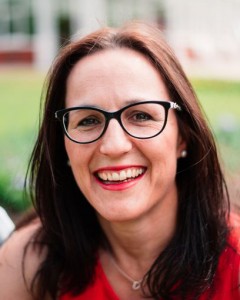Now published, see the full article 
Early Abstract:
Purpose and aims: In Australia, around one in five medical specialist doctors travels away from their main practice to provide regular outreach services in rural communities. A consistent policy question is whether video consultations (VC) are used as part of rural outreach service provision and the degree to which they partly or wholly substitute outreach visits. This study aimed to explore how commonly specialists providing rural outreach services also use VC to provide clinical service at the outreach site, the aspects of outreach clinical services they consider suitable for VC delivery, whether VC use reduces outreach travel frequency and if used, has the potential to improve the sustainability of outreach.
Methods: The study involved 390 specialists in Victoria being invited to participate in an online survey between December 2016 and March 2017. Invited specialists were those travelling to provide rural outreach services in areas of need, already subsidised by the Australian government’s outreach policy. Analysis included basic frequency counts and proportions and Pearson chi-squared tests for associations. Qualitative free text responses were analysed and grouped thematically.
Main findings: Of 65 respondents, who were travelling to provide rural outreach services on average 11 times a year, 57%, 95% CI (44%, 69%) used VC to provide aspects of clinical services to the outreach site. They used VC for a median of 12 sessions per year, mainly for one patient per session. VC was used for non-complicated healthcare, to support rural GPs, undertake clinical reviews or see urgent new patients expediently. Key restrictions were the inability to conduct physical examinations and complex assessments. VC reduced the frequency of outreach travel for 50% of those using it, 95% CI (29%, 63%) although 43%, 95% CI (27%, 61%) reported that providing outreach clinical services via VC took more time than providing face to face consultations. Use was not associated with increased intention to continue rural outreach services for 5 or more years (56% v 62%; P=0.70)
Conclusion: More than half of specialist doctors complemented their rural outreach services by using VC. However, VC was used infrequently, mainly for one patient per session, for restricted clinical scenarios. Although VC use reduced outreach travel frequency for half of providers, 43% responded that VC takes more time than face to face clinical service provision. In conclusion VC is a potentially useful adjunct to outreach service models, but it is unlikely to replace the utility of face to face rural specialist services, particularly for complex care and may not influence outreach service sustainability in the manner in which it is currently used.



